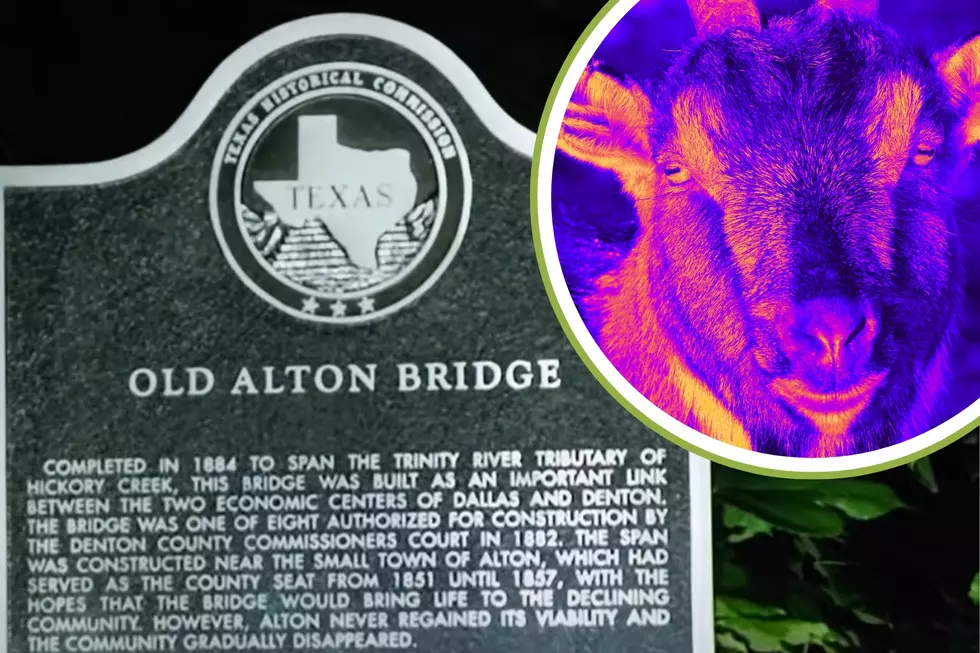
Easter Island – Still A Mystery
Now a different Easter story. Easter Island has fascinated archaeologists for eons. It sits in southeastern Pacific Ocean and is a territory of Chile.
The island has been largely uninhabited for hundreds of years. There are a few hundred intrepid residents. What remains most striking are the gigantic moai. These 'head' statues stand guard facing out to sea and obviously had religious and spiritual significance when they were carved by the Rapanui people, about whom very little is known.
The apparent reason that the island is deserted is over exploitation of resources. There is ample evidence that the island once had many trees and quite lush vegetation. The inhabitants destroyed their own essential resources through deforestation and were forced to move to survive. It is a cautionary tale that can be applied on a global scale.
The Dutch explorer Jacob Roggeveen is credited with discovering the island on Easter Sunday in 1722. Thus the name Easter Island.
The moai statues have been photographed countless times, and even graced the cover of the Styx album 'Pieces Of Eight' in 1978.
They are believed to date back to about 1100-1800 CE. All are carved from the volcanic stone which makes up the island. Many of the moai remain in prone position very near where they were initially carved.
As with the Egyptian pyramids, it still is not known how the erected moai were moved and stood up for their vigil. The largest weighs over 82 tons! You can find a lot more history about Easter Island via wikipedia.org/wiki/easter island.
More From 100.7 KOOL FM









